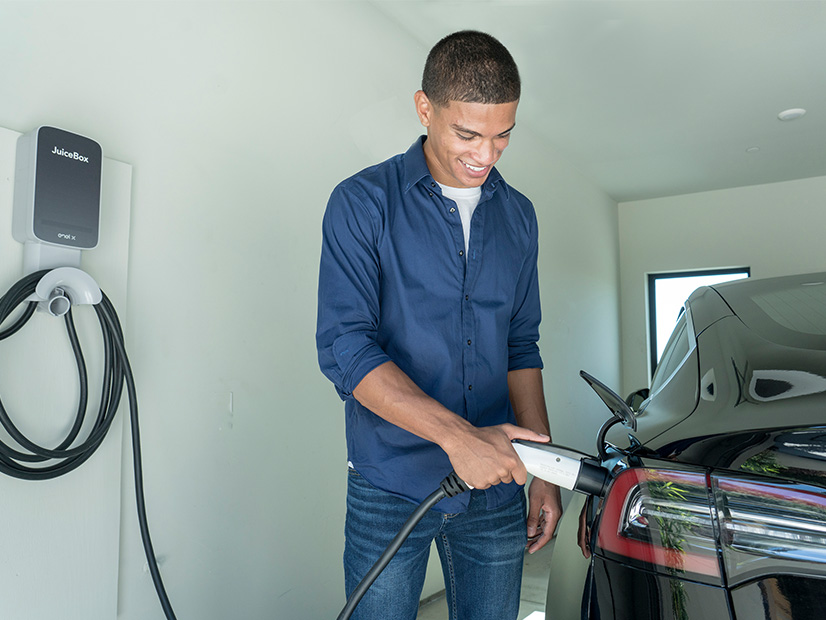A bill that would require all of New York’s in-state, new passenger car and truck sales to be zero-emission vehicles by 2035 is headed to Gov. Andrew Cuomo for his signature.
“We are really hopeful and pretty encouraged that he will sign the bill given that it has a good amount of support,” Rachel Patterson, legislative and climate associate at Environmental Advocates NY (EA-NY), told NetZero Insider. “This bill directly aligns with the Climate Leadership and Community Protection Act, and the governor is a champion of that law.”
The New York Senate passed the bill 44-18 on April 26 after House passage the week prior.
The bill (S.2758/A.4302) would require all medium- and heavy-duty vehicle sales to be zero-emission by 2045, where feasible, and target transitioning all off-road vehicles and equipment to zero-emission technology by 2035.
Together, the bill’s mandates align with an executive order signed by California Gov. Gavin Newsom last September to transition that state to a sustainable transportation system.
To reach the goals of the bill, the state, with input from “interested parties,” would develop a ZEV market development strategy by January 2023.
Patterson said EA-NY will take advantage of any comment periods for the market development strategy to make sure policies meet the needs of environmental justice communities.
The bill directs the New York Climate Action Council and state agencies to develop affordable fueling and charging options for ZEVs with a focus on low-income and disadvantaged communities.
State agencies also would need to identify strategies for improving sustainable transportation, freight and transit options by 2023. Those strategies would include development of infrastructure for bicycles and pedestrians, particularly in low-income and disadvantaged communities.
“Low-income people and folks in disadvantaged communities are most likely to use public transportation rather than personal vehicles, especially in New York state,” Patterson said. “A big focus of ours has been pushing for accessible and affordable public transportation and getting that electrified.”
EA-NY wants to see more investments in publicly accessible charging infrastructure, as well.
“The New York Power Authority has been doing a great job of putting charging structures along major highways, but we want to see more of those investments in lower income neighborhoods and in neighborhoods where the housing stock is mostly multifamily buildings,” Patterson said.
The nonprofit, she said, also is focused on enhancing income-based rebates for new and used ZEVs.
“We’re coming to a time in the EV market where they have been around long enough that there are used EVs, and the state can do a lot more to expand the accessibility of used EVs for lower income populations,” Patterson said.
EA-NY supports a bill (S.3929/A.3876) on public EV charging rates that would require the state’s utilities to file charging tariffs that offer alternatives to demand-based rate structures. The House passed the bill on April 20 and the Senate on April 26.





